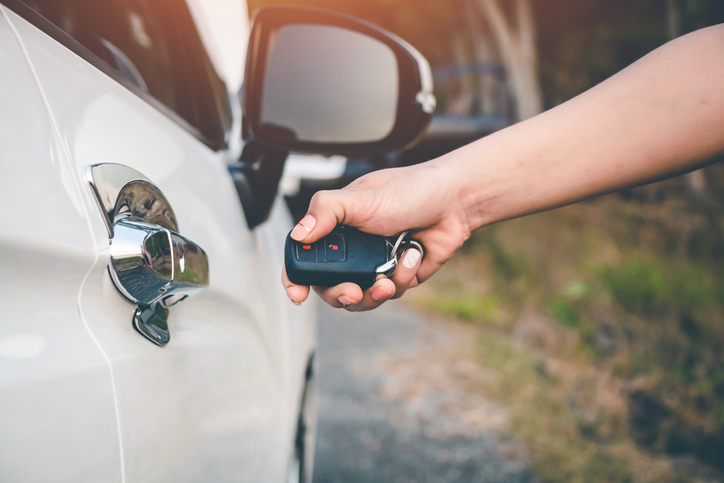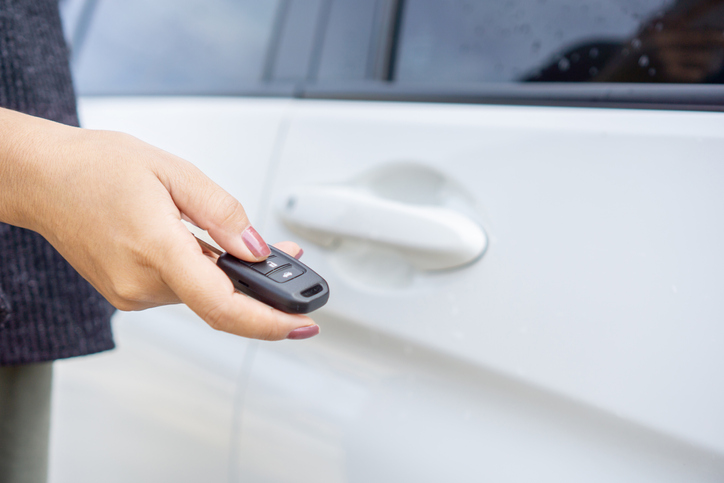Thinking About Automotive School? Here’s How Power Door Locks Work

Car door locks are necessary for keeping vehicles safe from intruders and ensuring young children are secure inside. These handy mechanisms have come a long way from the simplistic technologies they were at their inception. Today, it’s becoming increasingly common to see touchless unlocking mechanisms, or other high-tech solutions to vehicular security.
The most common car door lock in vehicles today is the traditional power door lock. This is a mechanism that can be locked or unlocked with a key, an unlock button inside the car, a signal from a control centre — and even combination locks outside the door or keyless-entry remote controls. Professionals in auto careers should have a good grasp of how this technology works. Read on for a brief introduction.
The Mechanism of the Power Door Lock
Powered car door locks are a simple concept, but the mechanism behind them is technically complex. The central system that coordinates the position of the door lock is known as the body controller. It also controls other functions of the auto, such as the automatic extinguishing of the interior lights, or the warning beeps that sound if keys are left in the ignition.
The body controller monitors all sources for the channelling of a lock or an unlock signal. When it receives a signal, it provides power to the mechanism called the actuator, which switches the lock into an unlock or lock position. Those considering auto careers should know that it is located below the door latch, and is connected to it by a rod. Another rod connects the actuator to the knob that peeks out of the top of the door.
The Power Door Lock in Action
When the body controller receives a signal and passes it on to the actuator, a small motor inside it begins to turn. The movement of the motor turns a set of spur gears, which drive a rack-and-pinion gearset that’s attached to the actuator rod. This rack is necessary to channel the rotational movement of the small motor into the linear motion needed to move the lock.

When the latch is down, it is disconnected from the actuator so it can’t be opened. The actuator is designed so that its movements can shift the lock into or out of position, but so that the lock cannot move it. This is to avoid vehicle theft. Inside the actuator, a centrifugal clutch makes it so moving the latch will not turn the motor.
How Professionals in Auto Careers can Troubleshoot a Power Door Lock
A non-functioning power door lock can be a serious problem. Those with careers in the auto industry know that there are many reasons why clicking the button won’t get the actuator jumping into action. To troubleshoot the problem, start with the most straightforward solution. Check that the battery in the key fob is correctly in place and providing sufficient energy. Next, check the key fob itself by acquiring a replacement and testing if the problem is solved.

If the issue isn’t endemic to the key fob, there are several parts within the lock mechanism that may be at fault. If one door is broken but the others continue to be triggered by the mechanism, the problem could be a blown fuse. Another potential culprit could be a faulty solenoid, a coil of wire in the door used as an electromagnet.
Want to learn new skills by enrolling in an automotive school?
Contact Automotive Training Centres for more information!

